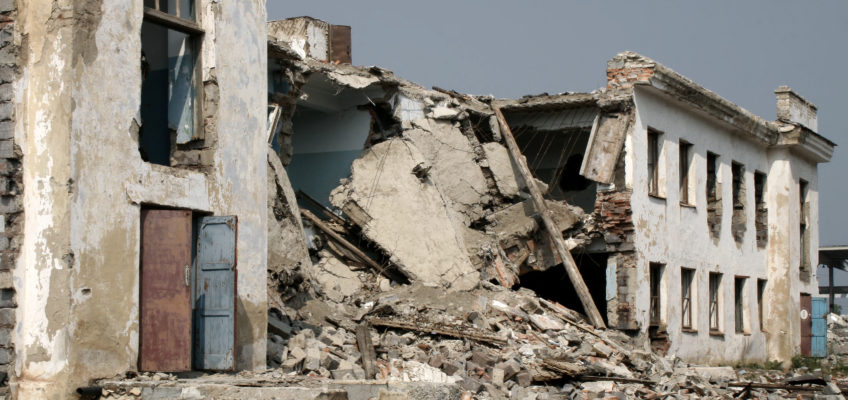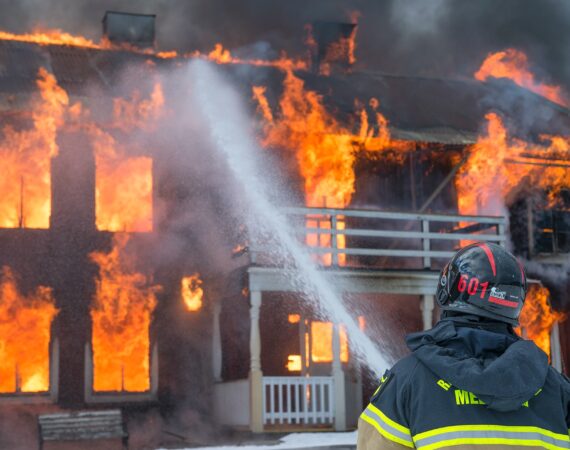The Anatomy of a Building Facade Failure
The facade of a building is more than just an aesthetic feature. It plays a crucial role in protecting the structure from the elements, maintaining the indoor environment, and, of course, contributing to the architectural appeal. But when a facade fails, it can lead to significant problems, ranging from water infiltration to potential safety hazards for pedestrians. Understanding the anatomy of a building facade failure can help building managers, engineers, and architects identify potential issues before they become critical.
- Material Degradation: One of the most common causes of facade failures is the degradation of the materials used in its construction. Exposure to the elements, UV rays, pollutants, and varying temperatures can weaken materials over time. For instance, brick facades can suffer from spalling, where moisture infiltrates the brick, causing it to crack or flake off.
- Poor Design or Construction: A facade might fail if it was improperly designed or built. This includes incorrect material choices for the specific environment, inadequate material connections, or lack of necessary expansion joints, leading to undue stress on certain facade sections.
- Inadequate Maintenance: Just like any other part of a building, facades need regular maintenance. This includes cleaning, resealing joints, fixing cracks, and ensuring drainage systems are clear. Failing to maintain a facade can expedite its deterioration.
- Water Infiltration: A properly designed facade will prevent water from entering the building. However, over time, seals can degrade, and small openings can allow water to penetrate. This water can lead to mold growth, structural damage, and material failure, especially during freeze-thaw cycles in colder climates.
- Thermal Movements: Different facade materials expand and contract at different rates with temperature changes. If not adequately accounted for, these movements can lead to materials pulling apart or buckling.
- Accidental Impacts: Although less common, facades can fail due to accidental impacts, such as a vehicle collision at the building’s base or debris propelled by strong winds.
- Underlying Structural Issues: Sometimes, the problem isn’t with the facade itself but with the structure behind it. If the building settles unevenly or there’s a foundational shift, it can place undue stress on the facade, leading to cracks or even partial collapses.
In conclusion, the facade is a critical component of any building’s structural and functional integrity. Understanding the potential causes of failures and regularly monitoring the facade’s condition can help preempt catastrophic failures, ensuring the safety and longevity of the building.




